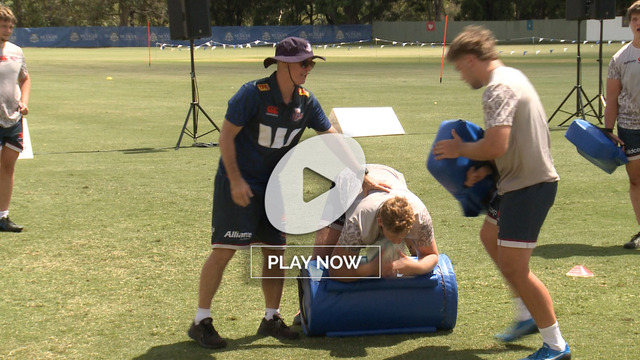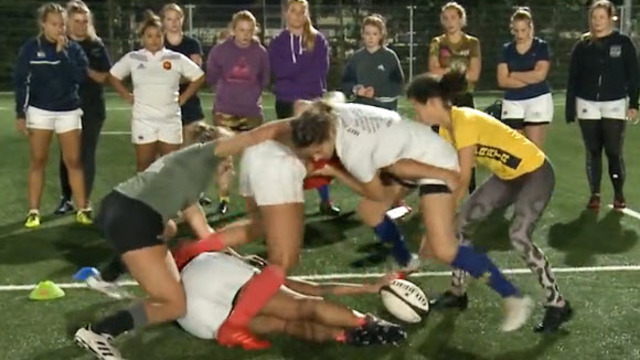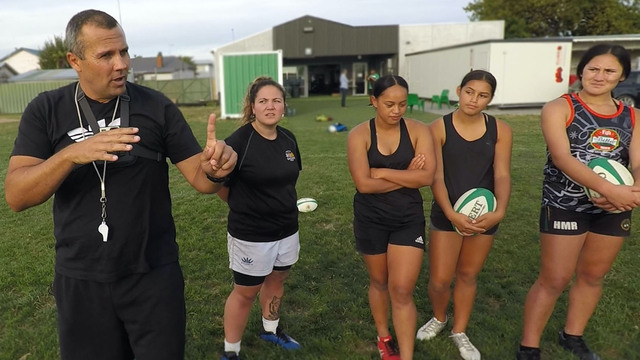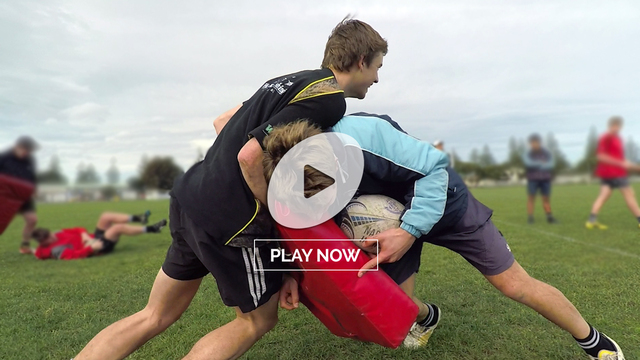Laurie Fisher’s Attack Breakdown Video
“Hands up. Hit down, then chase. Hit down, hit lower. The important thing we are looking for is ‘can we get that feeling of hitting down, and then through?’ It’s about body height and there is only a small front window available. If the [defensive] poacher is already there, I’ve only got a small front window.”
Those are the words of ‘Lord’ Laurie Fisher is his sub-module on <b.first-man, frontal cleanouts at the breakdown. The repeated theme is that of hitting down on the prone ball-carrier, not into the space a foot or two above his body. It is like a pitcher in Baseball trying to hit the corner of the plate, there is only a small front window.
The most important aspect of the one-man frontal cleanout delivered in exactly the way Laurie describes is how quickly it can open up attacking play on the following phase. Technical accuracy in the detail can show an immediate dividend.
Take a look at this example from a recent Super Rugby Pacific encounter between the Hurricanes and Fisher’s own club team, the Brumbies:
The cleanout is delivered in a one-on-one situation by Hurricanes prop Xavier Numia, and it needs to be accurate as he is the only man in attendance. The still-frame shows how he dips his shoulders to hit the bottom of the plate, that ‘small front window’ Laurie Fisher describes:

Summary
The movement is low-to-high – hitting as low as possible and chasing through with the feet after winning the initial battle of the shoulders. That action levers the shoulders of the defender upwards and creates QRB – the kind of quick, two-second ruck ball which does not allow the defence to reset on the outside. The message is clear: low-to-high cleanouts, chasing through with the feet, creates a quick ruck delivery and instant space for the attack to exploit.













.jpg)
.jpg)





_no_button.jpg)

